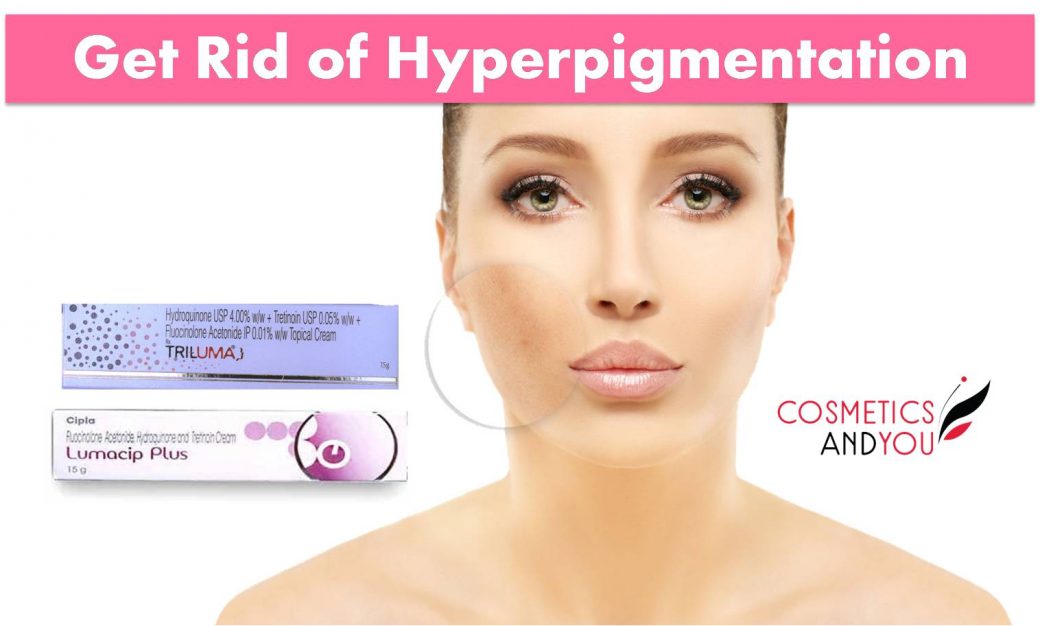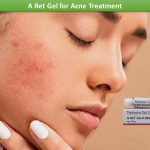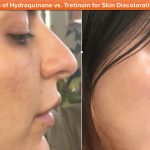Is your face is being covered with hyperpigmentation?
Having discolouration and unwanted brown spots can be a pain to deal with. This page will help you to learn more about what hyperpigmentation is, its causes, and how to prevent this condition.
What is Hyperpigmentation & its causes?
Hyperpigmentation is a common problem in which dark patches occur on the skin. This darkening occurs when there is an overproduction of melanin, the brown pigment which is responsible for providing the normal skin colour, forms deposits in the skin.
Hyperpigmentation can affect people with any skin colour. However, some are prone as compared to others. It can be a result of excessive sun exposure and appear overtime slowly or can occur suddenly. Other culprits can vary from hormonal changes to environmental factors and lifestyle choices.
Hyperpigmentation caused by hormonal imbalance is known as melasma. The spots associated with melasma are quite similar to age spots, but are larger in size and occupy more area of your facial skin. These can often be called as brown patches. The more significant areas of darkened skin are often a result of hormonal changes occurs in pregnant women. Pregnancy can trigger the overproduction of melanin that causes the mask of pregnancy on the face. Females who are on birth control pills can also experience hyperpigmentation because their bodies undergo a similar kind of hormonal changes. One can get rid of hyperpigmentation by the discontinuation of contraceptive pills. Moreover, Dermatologist recommends to use sunscreen and often reapply when pregnant or prone to melasma.
How to treat Hyperpigmentation?
When it comes to preventing hyperpigmentation, sunscreen plays a major role. According to a dermatologist, dark skin patches or age spots become darker when the skin is exposed to the sun. This occurs because of melanin, the pigment that given skin its colour absorbs the energy of the sun’s UV rays to protect the skin from excessive exposure to the sun. This process results in skin tanning, which tends to darken the skin surface that is already affected by hyperpigmentation. It is advisable to wear sunscreen every day before stepping out in the sun. The sunscreen should be a broad spectrum one which is able to block both UVA and UVB rays.
Along with sun protection measures, there a few treatment options available to fix the skin problem. Prescription creams are available to lighten the skin contain Hydroquinone, Tretinoin and Fluocinolone are considered as the best topical medication for hyperpigmentation or melasma associated brown spots. Most widely used triple combination therapies are Tri-Luma and Lumacip cream, which lightens the skin and fades darkened skin patches by slowing the production of melanin pigment, thereby allowing those dark patches to fade and even the skin tone. The topical preparation has hydroquinone, which is known for its bleaching properties. These treatments can be irritating to sensitive skin and usually take three to six months to show results.
Another option is a chemical peel which can only be arranged by a dermatologist. The procedure involves the application of a chemical agent to the which cause the removal of superficial lesions. This results in a new skin and deeper tissues. For more information about such treatments, talk to your dermatologists.





